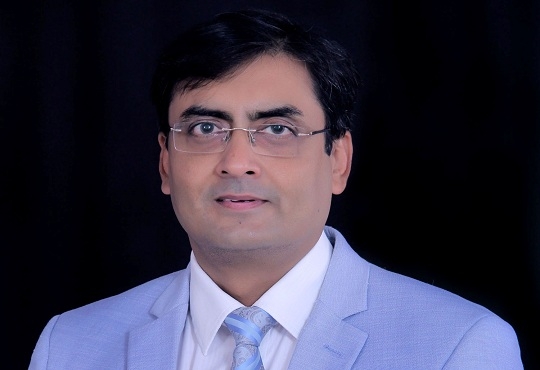
The future is Smarter and All Programmable
Vamsi Boppana, CTO, Xilinx | Thursday, 23 April 2015, 11:26 IST
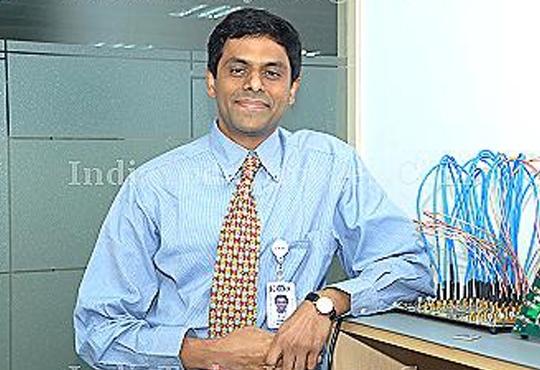 Imagine you are driving along a poorly lit road on a rainy night. A pedestrian suddenly makes her way into your driving path. Wouldn't you want some extra help alerting you to take action? This is exactly the sort of assistance that can be enabled by smarter vision systems being built into automatic driver assist technologies (ADAS) in next generation automobiles. Such technologies are being made possible by a unique combination of software and hardware programmability available through breakthrough technologies, such as those in Zynq®. All Programmable SoC, the world's first chip with dual core ARM®-based applications processor SoC integrated with state-of-the-art programmable logic fabric.
Imagine you are driving along a poorly lit road on a rainy night. A pedestrian suddenly makes her way into your driving path. Wouldn't you want some extra help alerting you to take action? This is exactly the sort of assistance that can be enabled by smarter vision systems being built into automatic driver assist technologies (ADAS) in next generation automobiles. Such technologies are being made possible by a unique combination of software and hardware programmability available through breakthrough technologies, such as those in Zynq®. All Programmable SoC, the world's first chip with dual core ARM®-based applications processor SoC integrated with state-of-the-art programmable logic fabric.
Applications of electronics such as these are exploding all around us, in diverse areas ranging from communications, cloud computing, data centers, intelligent video, smarter factories, security infrastructures, health-care and more. These electronics solutions are transforming the world as we know it and bring with them exceptional business opportunities.
However, there are significant technical and business challenges for companies interested in participating in these once-in-a-lifetime opportunities.
Technology and Business Challenges
Manufacturing at today's DSM (Deep Sub-Micron) geometries is complex and requires significant innovation & investment. Technologies like FINFETs and double-patterning have been invented to keep pace with the incredible demands of this industry and helped deliver the area scaling predicted by Moore's law. While manufacturing has delivered amazing scaling over several decades, the economics of Moore's law are becoming more challenging. Below 28nm, it is no longer reasonable to expect a cost reduction per mm^2 of Silicon area as you move to the next technology node. It is getting a lot more challenging and expensive to manufacture Silicon.
Setting aside the cost challenges for a moment, Moore's law has been amazing for the industry. A state-of-the-art applications processor can be implemented in today's DSM geometries for under 1 mm^2 of Silicon area, an amazing achievement. This implies that we can pack an incredible number of transistors into a single semiconductor chip and that is even before taking into account newer integration technologies like 3D IC. Today's Silicon is indeed complex and capable, with state-of-the-art chips often integrating complete systems onto a single device.
But building robust Silicon is challenging not only due to sheer size and complexity. There are many more challenges, such as power and variability that have become essential to factor into the design process. Today, power has become a Tier-1 design factor in most, if not all, electronic systems. It is no exaggeration to say we can fill more transistors than can be powered up simultaneously in a large Silicon die at DSM geometries today. This is indeed the era of increasingly "dark" Silicon. This has again forced more innovation into complex power management technologies, at all levels of solution stack, from Silicon to application software.
These challenges raise the bar on almost all aspects of product design with big demands on the quality of design, verification not just on Silicon, but on all layers above it, including software and applications. Software and applications investments today outstrip Silicon investments for most electronic devices. It is also true in many domains that the pressures of time-to-market and time-to-money are larger than ever before.
In summary, due to significant increase in complexity of manufacturing, design, verification, software and solutions and the increased time-to-market demands of getting first-time right products into the market place, there has been an exponential rise in the cost of developing state-of-the-art electronic chips and systems.
This exponential increase in development cost, coupled with the fragmented and rapidly changing nature of end markets, is resulting in a reduction in the number of providers who are able to make custom Silicon design to suit specific markets. Much has been written, for example, on the steady decline in the number of industry-wide ASIC starts or the steady consolidation in Tier-2/Tier-3 semiconductor providers.
The bottom-line is that more and more electronics companies are moving away from building custom Silicon to further focus on their core competencies.
So, where does the Silicon come from?
The Solution
The solution is programmability. Programmable Silicon allows the use of proven Silicon that can be customized for specific applications. Programmable chips allow electronic solutions to be developed without worrying about getting Silicon right, offer flexibility to adapt late to rapidly changing markets and offer opportunities to build solutions that can still allow differentiation to end solutions.
FPGAs have long been known to be leaders in programmable architectures. Today's FPGAs, such as Xilinx®'s Virtex®, Kintex® and Artix®, pack innovative architectures that are capable of multi-hundred gigabit-per-second levels of system performance with smart processing at full line rate, scaling to terabits and teraflops. They have moved away from increasing the performance of each transistor or system block, or simply scaling the number of blocks in the system to fundamentally improve the communication, clocking, critical paths, interconnect and address the massive data flow and intelligent packet, DSP, or image processing needs of the industry's next generation high performance applications. These architectures scale from 20nm planar through 16nm FINFET technologies and beyond, while also scaling from monolithic through 3D ICs.
Further, for those applications that demand hardware and software programmability, a newer class of FPGAs, such as those in the industry-leading Zynq® family, offer attractive system development opportunities. The roadmap for such products includes capabilities such as real-time control, graphics/video processing, waveform and packet processing, next generation interconnect and memory, advanced power management and advanced technology enhancements that deliver multi-level security, safety and reliability.
In conclusion, I am firmly convinced that we live in exciting times and the future is going to be increasingly smarter and All Programmable.
Market forces + technology/business challenges + programmable technology innovation = All Programmable future!
CIO Viewpoint
Unlocking the Potential of Cloud and AI: A...
By Pratik Jain, Lead Business Analyst – Digital Transformation, ACS Global Tech Solutions
Importance of Zero-Trust Cloud Security in the...
By Sameer Danave, Senior Director Marketing, MSys Technologies
The Transition to a Cloud-First World
By Kapil Makhija, Vice President -Technology Cloud, Oracle India
CXO Insights
Balancing Generative AI Capabilities with Data...
By Murad Wagh, Director - Sales Engineering, Snowflake
AI Integration in Multi-Cloud and Edge...
By FaizShakir, VP & Managing Director – Sales, Nutanix
The Role of Hybrid Cloud in ERP Integration



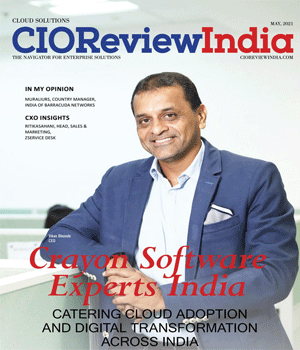
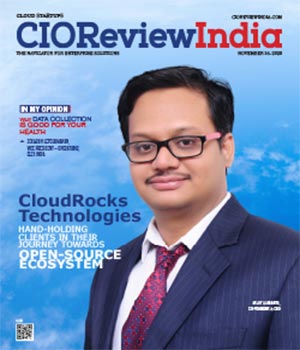
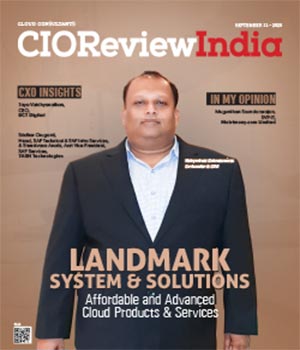
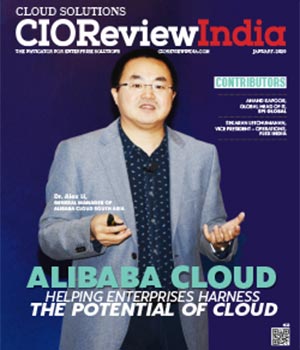
.jpg)
.jpg)
.jpg)
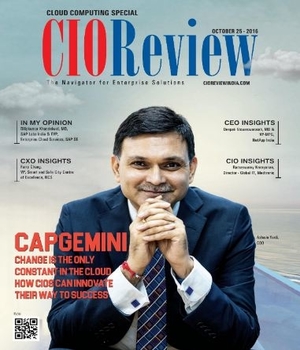
.jpg)
.jpg)
.jpg)

.jpg)

.jpg)

